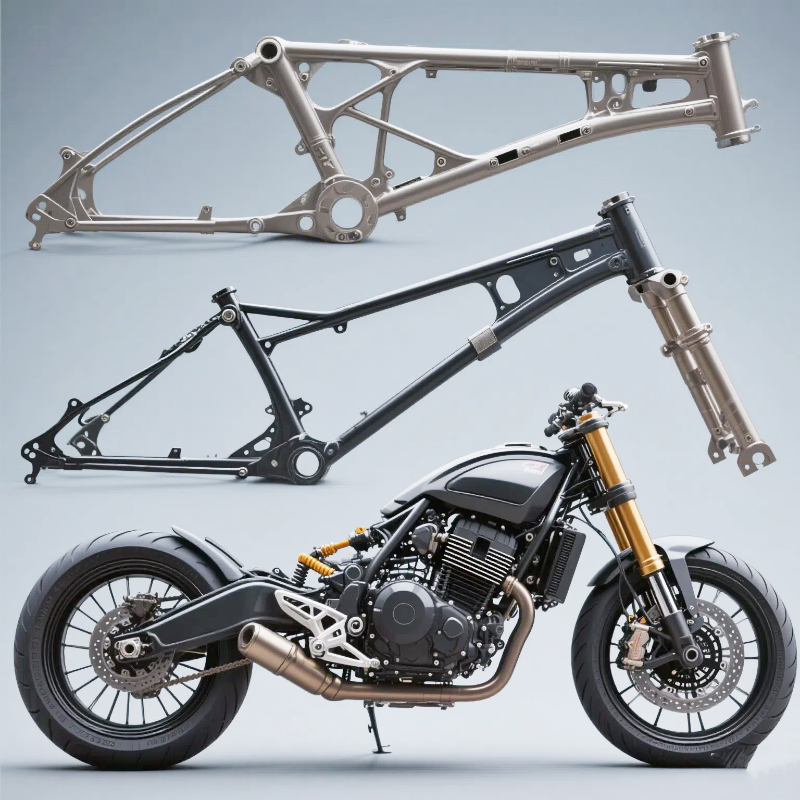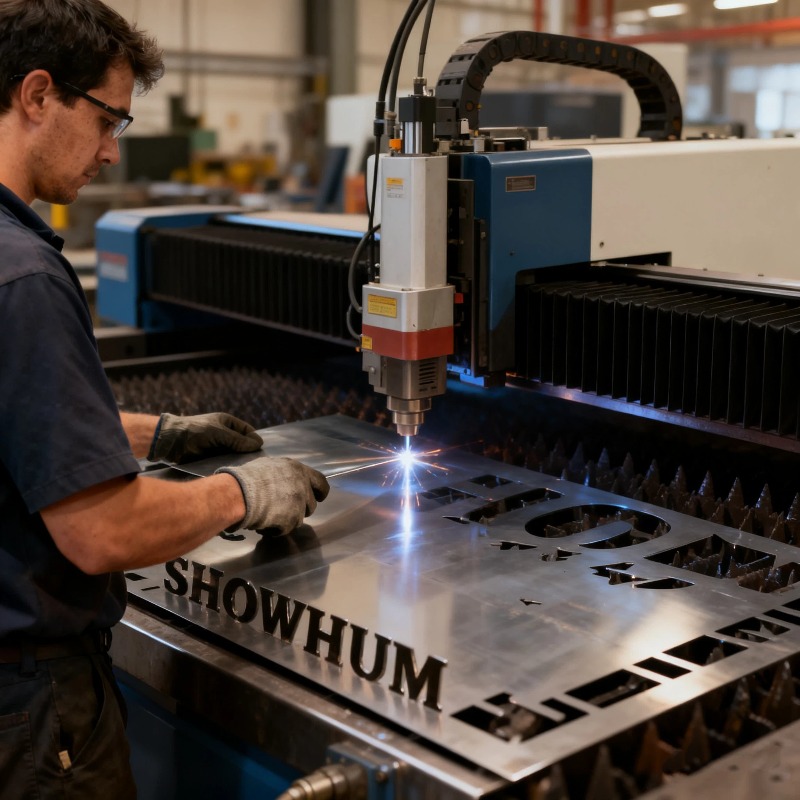
A motorcycle’s frame is more than just a skeleton; it is the foundation that holds the machine together, affecting its performance, stability, and handling. Motorcycle manufacturers use various frame types, each tailored for specific riding styles and conditions.
The backbone frame is one of the simplest and most cost-effective designs. It consists of a single steel or aluminium tube running along the bike's length. Commonly found in commuter motorcycles, this frame prioritises affordability and ease of manufacturing but may lack the rigidity needed for high-performance riding.
The double-cradle frame offers improved stability by cradling the engine within two tubes, providing additional support and strength. This design is often used in classic motorcycles and cruisers, where durability and comfort are essential.
For sports bikes, perimeter frames, also known as twin-spar frames, are the standard. Made from lightweight aluminium or alloys, these frames surround the engine with two parallel beams, enhancing stiffness and improving handling at high speeds. This design is favoured for its ability to optimise power delivery and cornering precision.
Trellis frames, often seen in high-end motorcycles, are a work of engineering art. Composed of a network of steel or aluminium tubes, these frames offer an excellent balance of strength, lightness, and flexibility. The open design also aids in engine cooling, making it ideal for performance bikes.

Finally, monocoque frames, made from a single piece of material, are gaining traction in futuristic motorcycle designs. They reduce weight while increasing aerodynamics, paving the way for the next generation of motorcycles.
Each frame type serves a unique purpose, and with advancements in materials like carbon fibre and composites, motorcycle frame designs are set to become even more innovative.
 Sheet Metal Fabrication: Precision, Durability, and Versatility for Industrial Applications
Sheet Metal Fabrication: Precision, Durability, and Versatility for Industrial Applications
Sheet Metal Fabrication: Precision, Durability, and Versatility for Industrial Applications